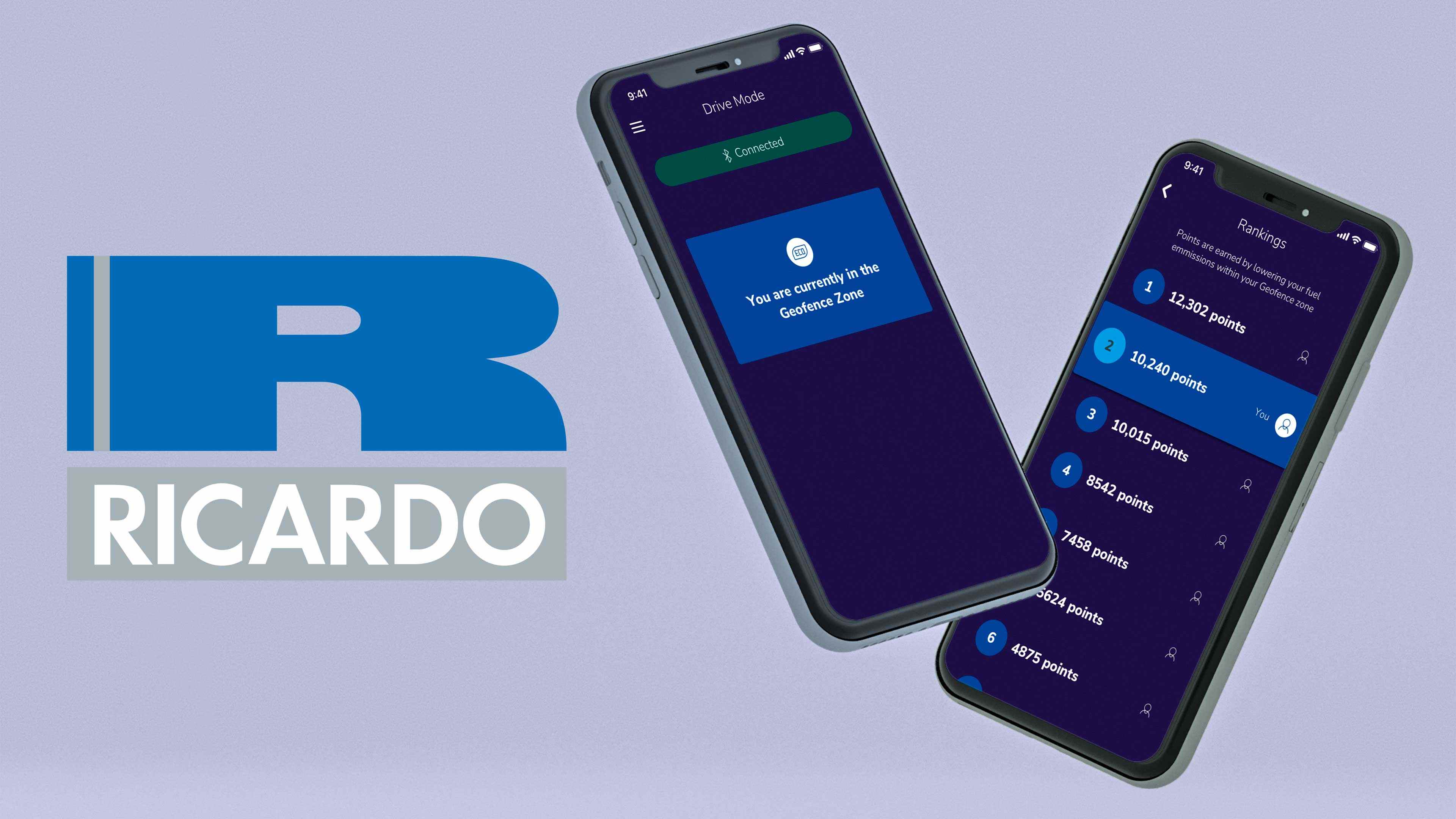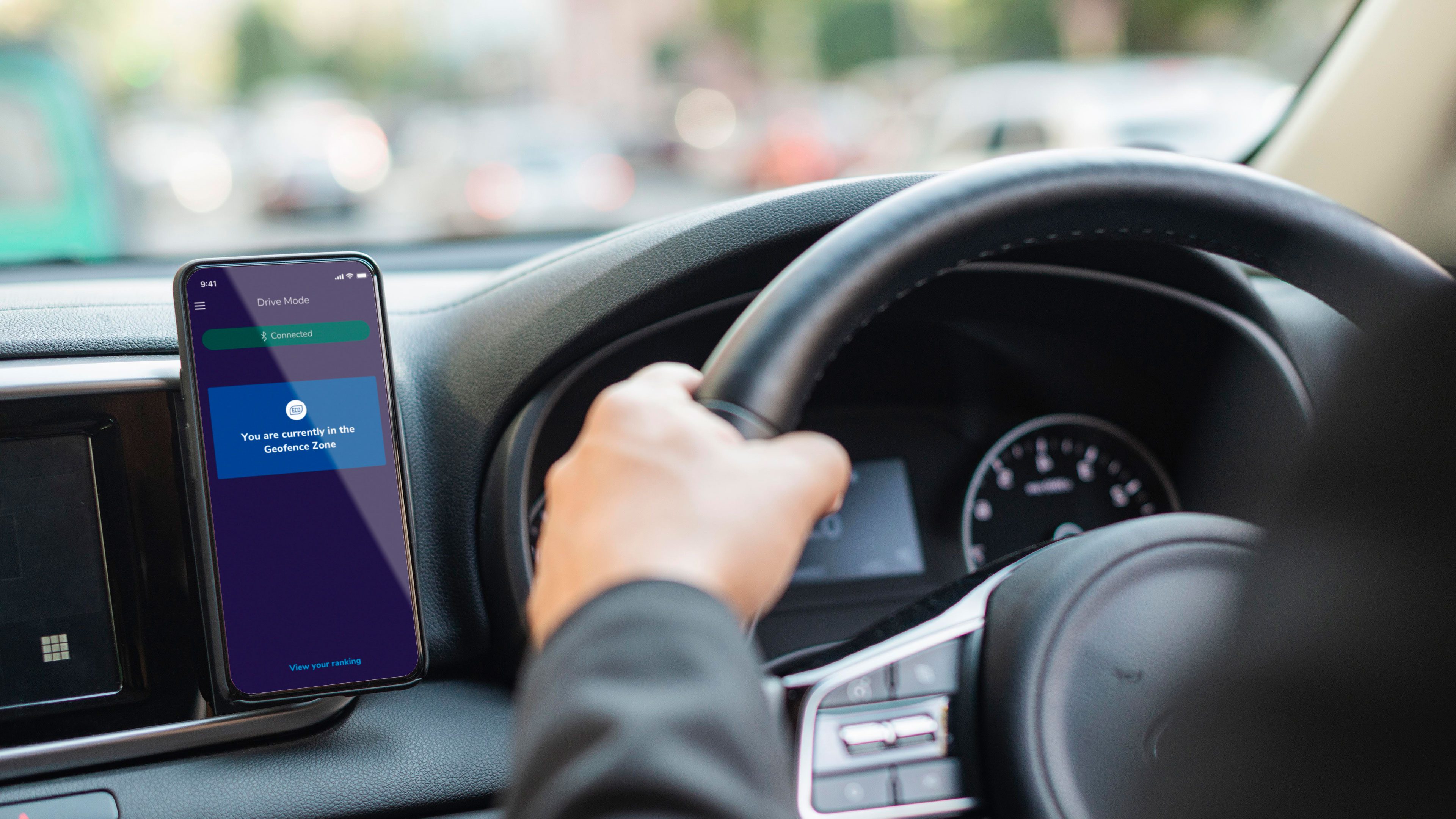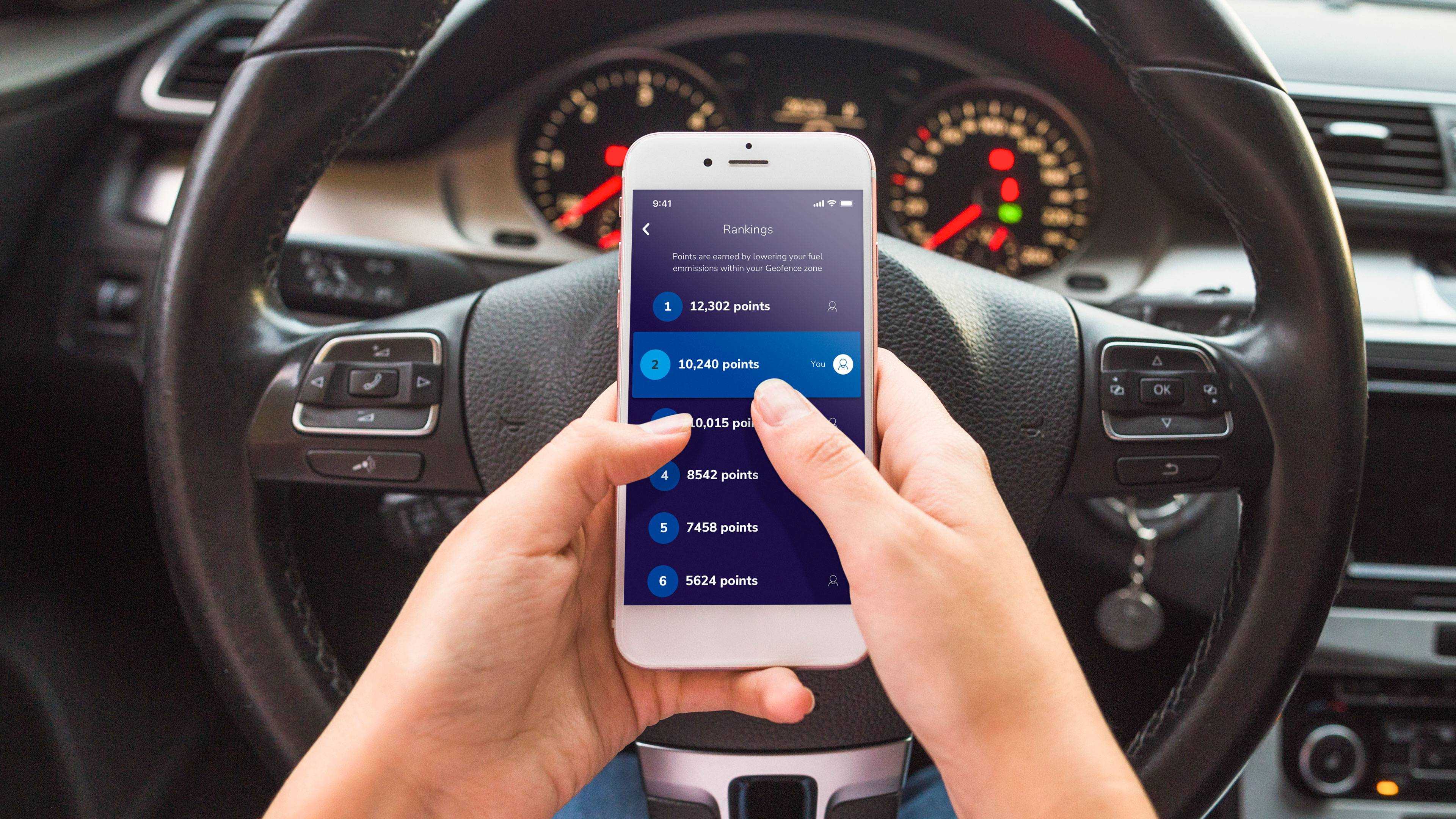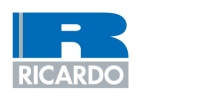R&D project to improve city sustainability
Brightec were pleased to partner with Ricardo for a research and development project that aimed to optimise geofencing throughout Brighton and Hove in order to inform and improve sustainability efforts.

This exciting and innovative project posed an exciting new challenge for our team and a unique opportunity for app development to drive positive change within the city we know and love.
Creating a Sustainable Future
Ricardo plc is a global environmental and strategic engineering consultancy driven by their vision to create a sustainable future through the provision of innovative and technical solutions.
Having been in operation for more than 100 years, Ricardo have an extensive and impressive engineering history. They have worked across automative, aerospace, defence, rail, maritime, and environmental industries delivering technically advanced solutions to global problems.
One such deliverable Ricardo offer is environmental impact assessments and it was in this area that we began work together.
Optimising Geofencing with App Development

“Optimising Geofencing - A project to increase the usage and effectiveness of low emissions zones for air quality improvements.” - Transport Location Data Competition
Geofencing uses the physical location of a car to prompt a change in its behaviour. With the help of our expert team, Ricardo hoped to evaluate the feasibility and air quality benefits of dynamic geofencing on the existing Brighton and Hove bus fleet and it’s implementation on privately-owned vehicles.
The aim of this research project was to reduce car emissions in the most polluted areas of the city, thereby improving air quality and reducing negative environmental impact. To achieve this, Ricardo needed us to develop an app that could gather data from vehicles which would inform decisions around Brighton and Hove’s emission zones.
Changing User Behaviour for the Better
Financed by the Geospatial Comission, the purpose of this research project was to develop an app that could visually and audibly notify a driver when they were entering a low emission zone, instructing said driver to switch from petrol to electric driving.
The app would also monitor the car itself and collect data about things such as fuel usage, efficiency, and whether drivers were switching into electric mode when notified to do so.
Ricardo were interested in working with us to help establish how effective an application would be in changing user behaviour, as well as the effect this sort of tracking would have on lowering vehicle emissions throughout the city.
How the App Works

The app monitored the car using a consumer bluetooth dongle which plugged into the car itself through an OBD2 Port. All modern cars have this port and bluetooth devices are typically plugged in here for mechanic purposes, to read the diagnostics of the car.
For the purpose of this project, we used the consumer bluetooth dongle to collect information such as the speed of the car, acceleration, engine efficiency, and fuel usage. This information was sent to the app to inform Ricardo’s research. With the data our app collected, Ricardo gained insight into car usage around the city’s emission zones. This vital information aided their research and informed their geofencing decisions.
Driving into New Territory
It was the first time we had developed a research and development app that would have so many moving parts - from GPS capabilities through to bluetooth connections that worked with the interface of electric cars.
From a technical perspective, this project was more complex than a standalone app. Ricardo needed the app to work in the background, collecting data without the need for much interaction from the user; a different approach from our typical development projects which carry a heavy focus on UX and UI design.
As a result, this project raised some interesting challenges for our team, making it as much a research and development project for us as it was for Ricardo.
Testing the Application on the Road
We’re used to being in the driving seat with user testing, but for this project we needed to hit the road.
We met at Ricardo’s site where they had set up zones within their extensive car park for us to drive in and out of in their electric cars, collecting data as we went. In this way we could ensure the notifications popped up at the right time and were configured to alert the driver safely and effectively. It was app testing like we’d never experienced before but as with all testing, it was very effective in ensuring the app was performing as it should be, as well as being great fun for the whole team!
Putting the App to Work

Following the app testing, Ricardo had a couple of weeks trial to gather the data they needed for their research. We assisted in onboarding their volunteer drivers, ensuring each had the technical support they needed to properly install the dongles and use the app.
Ricardo carried out the trial over a two week period, during which time the app collected the data they required and allowed them to write up their report. Once the trial ended, our technical support also stopped at the red light. We were sad for the project to come to an end but the whole team found it a fascinating field to work in. We love that we’ve helped play a part - however small - in reducing carbon emissions in Brighton and Hove.
Final Words
Josh Dalby, Project Manager at Ricardo, reflected:
“After completion, we ran the recorded vehicle data through some emissions models to work out what impact the app had on air quality.
We found that emissions generated by drivers within the geofence zones were significantly reduced, 10% lower Nitrogen Oxides and 23% lower Particulate Matter - both of which are large contributors to air pollution. This is purely down to the effect of the app on driving style and the use of their electric mode. We were really impressed by those results, and the government were too.”
Ricardo’s research and development project results were included in the Transport Location Data Competition brochure. Through their findings, Ricardo summarised that the geoforcing app our team created could reduce hybrid car emissions by 23%.
We are immensely proud of all our app has achieved for Ricardo, the environment, and the city of Brighton and Hove that we call home.

